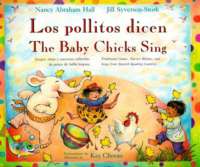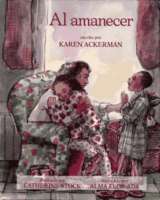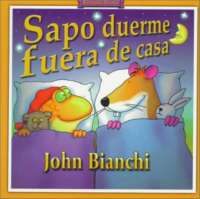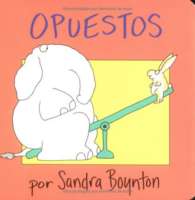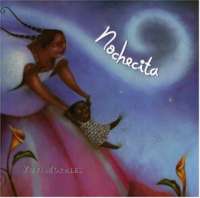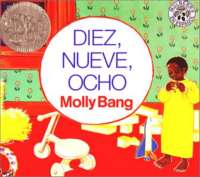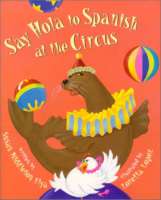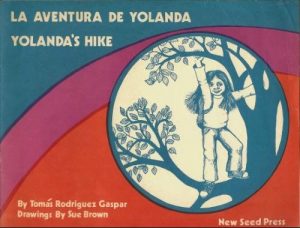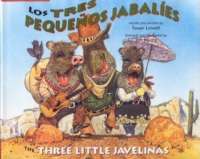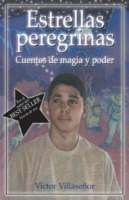
First ever Spanish-language edition of the critically acclaimed collection of short stories for young adults by a master of Latino literature “We’re all walking stars,” the eighty-four year old guide tells Victor Villaseñor as he travels to his mother’s birthplace, La Lluvia de Oro. “Don’t you know what we all are? We are all stars that come from the heavens.” In Estrellas peregrinas, the Spanish-language edition of his critically acclaimed collection of short stories for young adults, Villaseñor shares that enchanted world with the reader. Magic rains down from the heavens like stars, coating each of the family stories in a sheen of la vida as it should be: filled with power and surprises that give each character the strength to endure. The stories brim with a cast of extraordinary characters in challenging situations: the young girl on her first day of school who shows bravery even in the face of school-yard taunts . . . a young man about to be hanged that can only be saved by the miracle of song . . . and the young boy who faces El Diablo in a dark peach orchard. Through it all, the characters truly show themselves to be walking stars, tiny luminous sparks of light, and they are able to affect change in their lives and the world around them by relying on their bravery, their strength, and their faith in themselves. These are the stories of ancestors long-past, stories that will scrape off the dust of modernity on the reader’s skin to show the glowing beings that Villaseñor and his family believe we once were and can still be.

